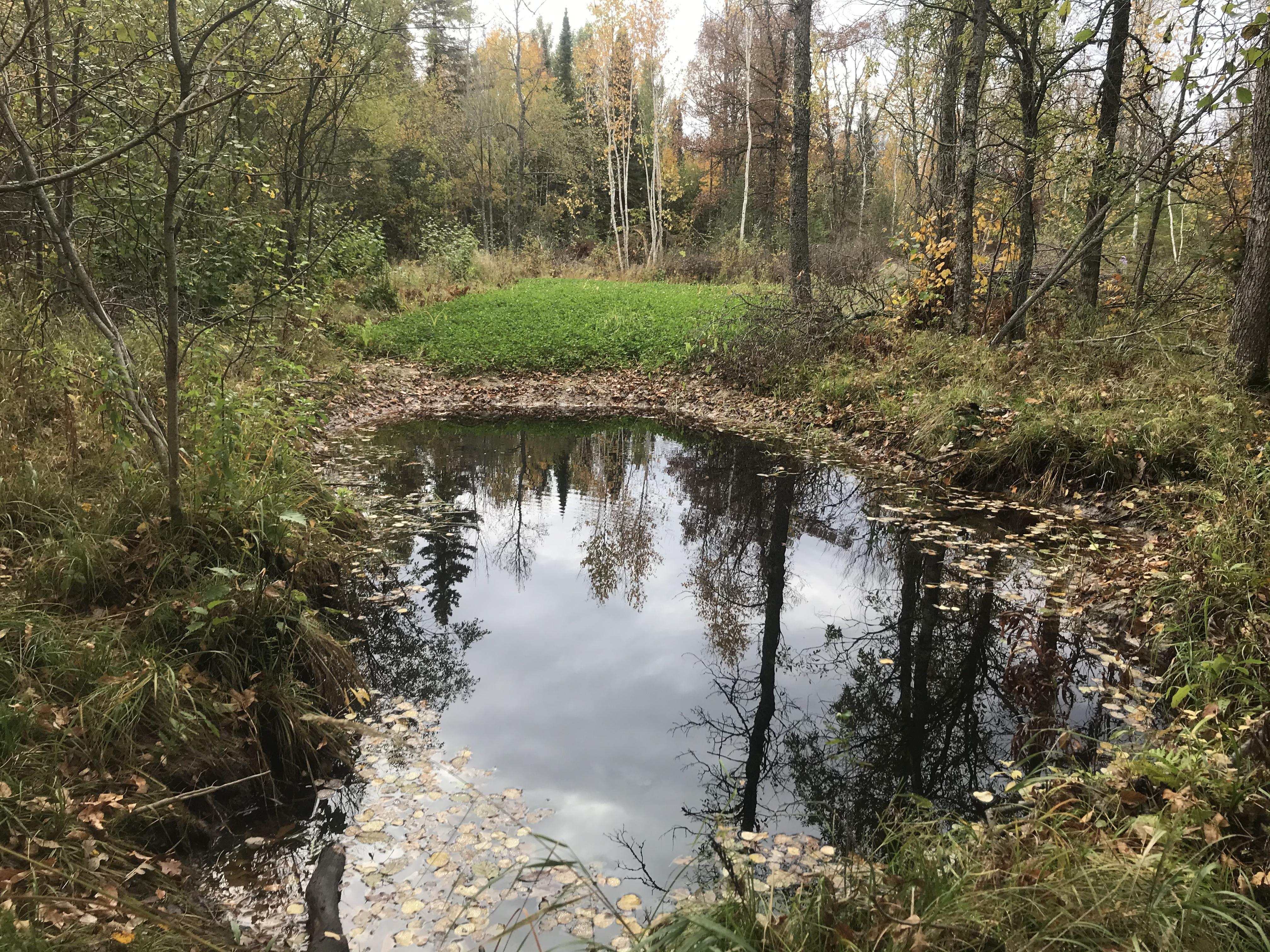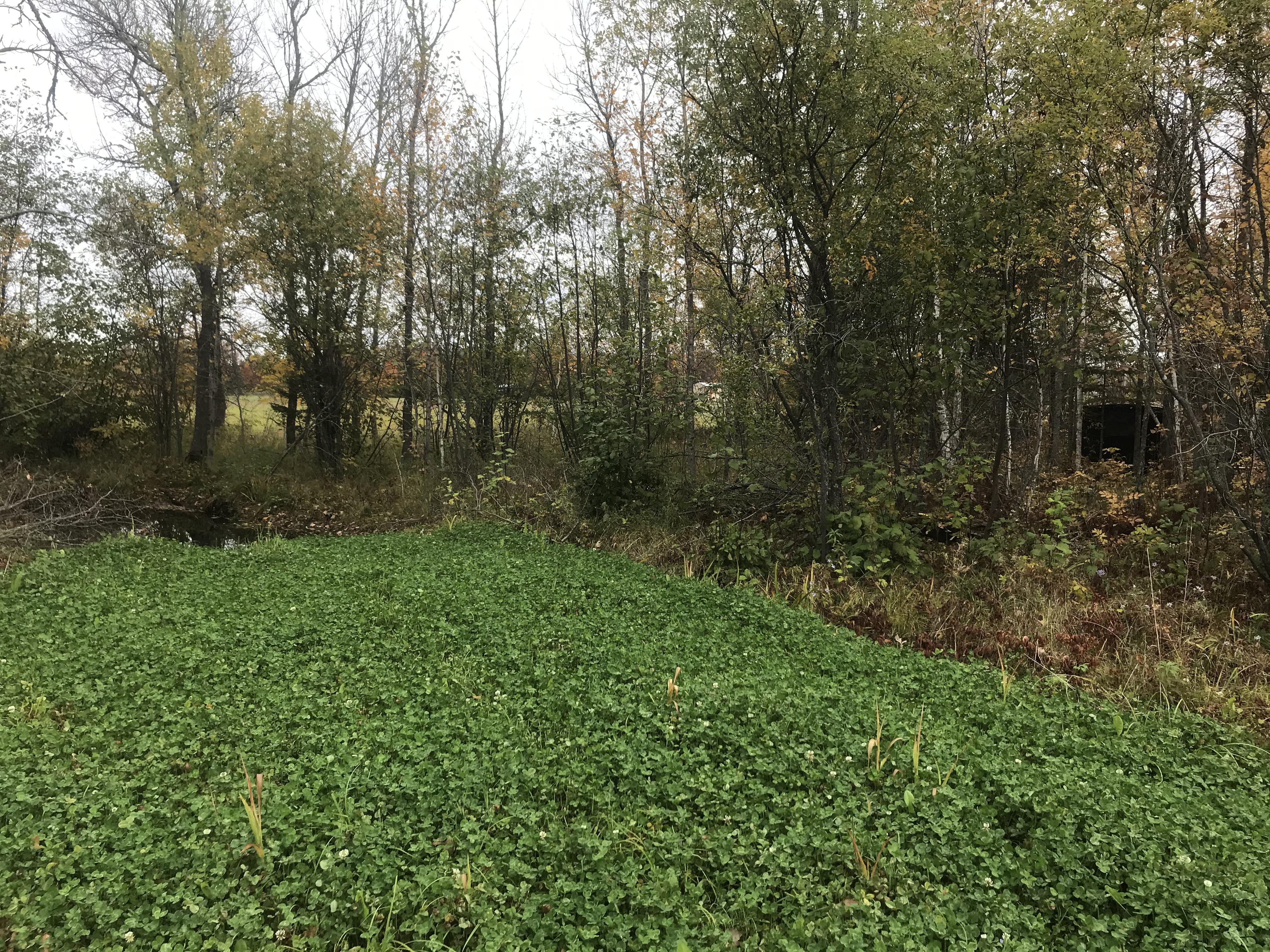Brookesmith
Yearling... With promise
For several years I have been inoculating the legumes I plant (summer and winter peas, clovers, vetch, etc) for warm and cool season deer food plots (2-4 acres). It is a little bit of a pain to do so wanted to ask what everyone else is doing. Do you normally go through the extra work to inoculate your legumes?
I normally inoculate the seeds by dampening them with water, applying the peat based inoculant, allow to dry in shade and have in the ground within a few hours (conventional tillage and cover methods -- hoping to do no till methods in future). Sometimes it can be days or weeks before I get any rain (Central Texas). Planting "right before a rain" is not feasible since rain timing is so unpredictable here and I am 3 hours away from property.
Does the inoculant need substantial moisture to survive or can it stay viable for extended periods in dry'ish soil? The inoculant instructions say to keep treated seeds in the shade and plant within 24 hours. So seems like having the seeds laying in dry dirt waiting for rain cant be good.
I did pull up some of my cow pea plants (Iron and clay peas) and sweet blossom clover and did not see any nodules on roots. Maybe I am doing something wrong.
My soil PH is 8.1
Just trying to determine if I have been wasting my time or not inoculating seeds.
I normally inoculate the seeds by dampening them with water, applying the peat based inoculant, allow to dry in shade and have in the ground within a few hours (conventional tillage and cover methods -- hoping to do no till methods in future). Sometimes it can be days or weeks before I get any rain (Central Texas). Planting "right before a rain" is not feasible since rain timing is so unpredictable here and I am 3 hours away from property.
Does the inoculant need substantial moisture to survive or can it stay viable for extended periods in dry'ish soil? The inoculant instructions say to keep treated seeds in the shade and plant within 24 hours. So seems like having the seeds laying in dry dirt waiting for rain cant be good.
I did pull up some of my cow pea plants (Iron and clay peas) and sweet blossom clover and did not see any nodules on roots. Maybe I am doing something wrong.
My soil PH is 8.1
Just trying to determine if I have been wasting my time or not inoculating seeds.



